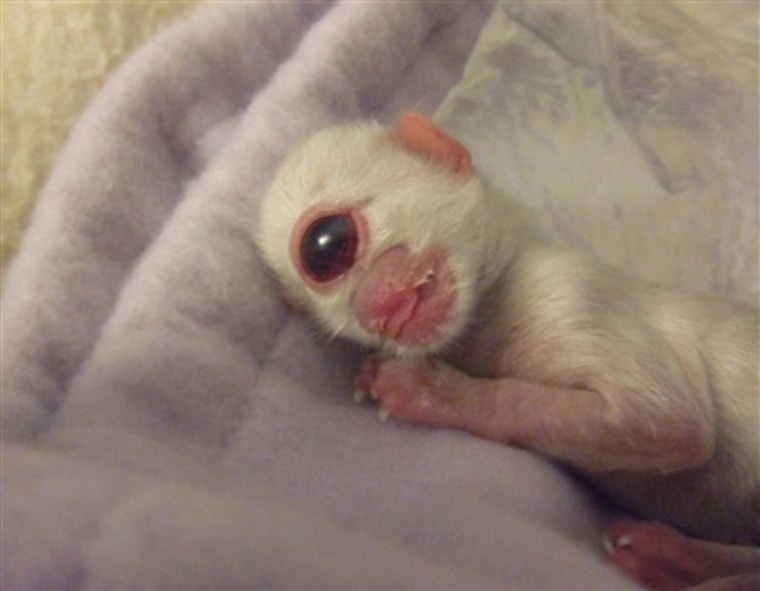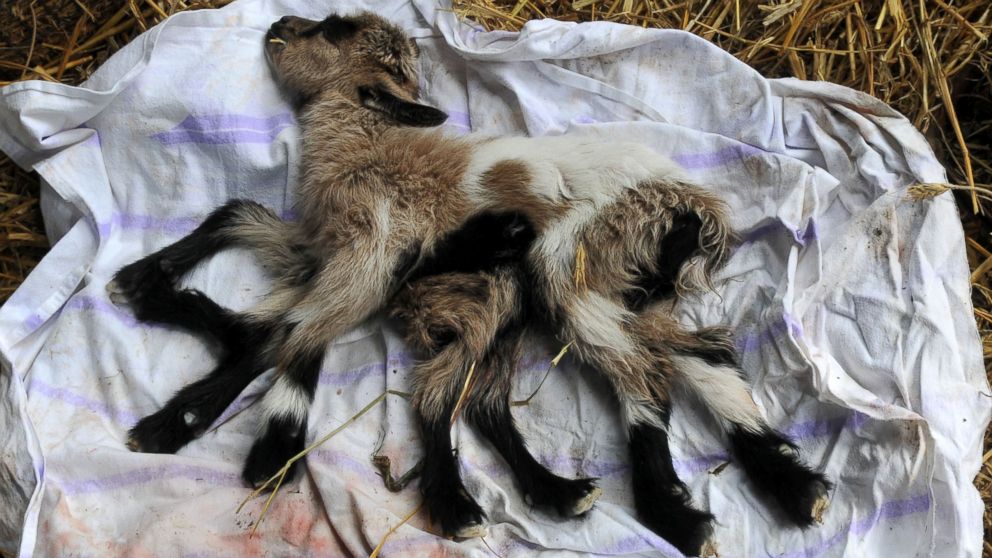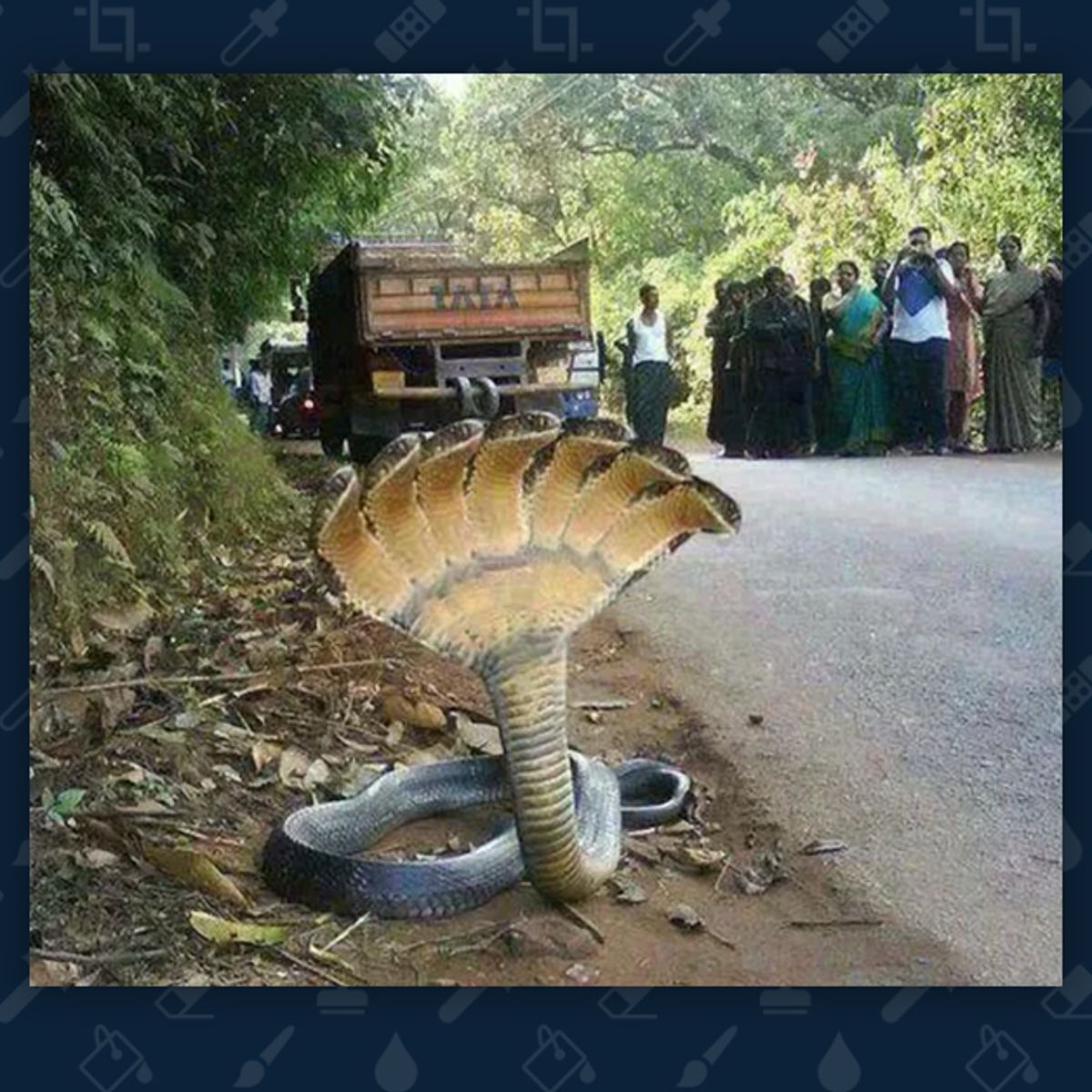Mutations in animals: When genetic makeup goes awry, strange things happen
Every species of plant and animal has a specific genetic makeup that is passed down to their offspring. This genetic makeup is necessary for the species’ continued existence. However, when this genetic makeup is messed up, a mutation occurs. Mutations can either be beneficial or harmful to a species, and in extreme cases, they can lead to animals and plants being different from their usual kind. In this video, we will look at some bizarre mutations that are true.

The one-eyed cat. In 2012, a kitten was born with one eye and no nose, making it impossible to survive since breathing was naturally impossible. The kitten died soon after birth, but the owners posted a video of the kitten on their YouTube channel, and it became a viral sensation.

The two-headed snake. In 1999, a rare albino snake with two heads was purchased by the World Aquarium in St. Louis for $15,000. The snake had both male and female reproductive organs and two separate brains, which meant opposing decisions at times. The snake lived for eight years before succumbing to natural causes and attracted over a million visitors during this period.

The monkey pig. A piglet was born in central Cuba with a monkey face, which made it seem like a crossbreed between the two animals. The piglet died just four days after its birth, but mutated pigs are quite widespread. For instance, a pig in China had poles in place of the nose and had its tongue out due to an overbite that meant it couldn’t feed normally.

The goat with eight legs. In 2014, a Croatian farmer was surprised when his goat gave birth to a kid with eight legs. The goat also had both male and female reproductive organs. Specialists pointed to the possibility that there might have been twins that merged, leading to the birth of the wonder goat. However, the mutation made the goat weak, and it was uncertain whether it would survive.

The four-legged duck. A duck on a farm in the New Forest, Hampshire, had an extra two legs. The owner kept it in a pen to avoid its extra legs getting entangled somewhere around the farm. Unfortunately, one of its additional limbs got caught in the fence, and it had to be amputated. After some time, the remaining extra leg blackened and fell off, leaving the duck with three legs.
/cloudfront-us-east-1.images.arcpublishing.com/gray/M56RBTZRZZEKHHPI27GHI4JH3Y.jpg)
In conclusion, mutations can be fascinating and bizarre, but they can also be harmful to the survival of a species. While some of these mutations may seem unbelievable, they are true and serve as a reminder of the incredible diversity of life on our planet.









